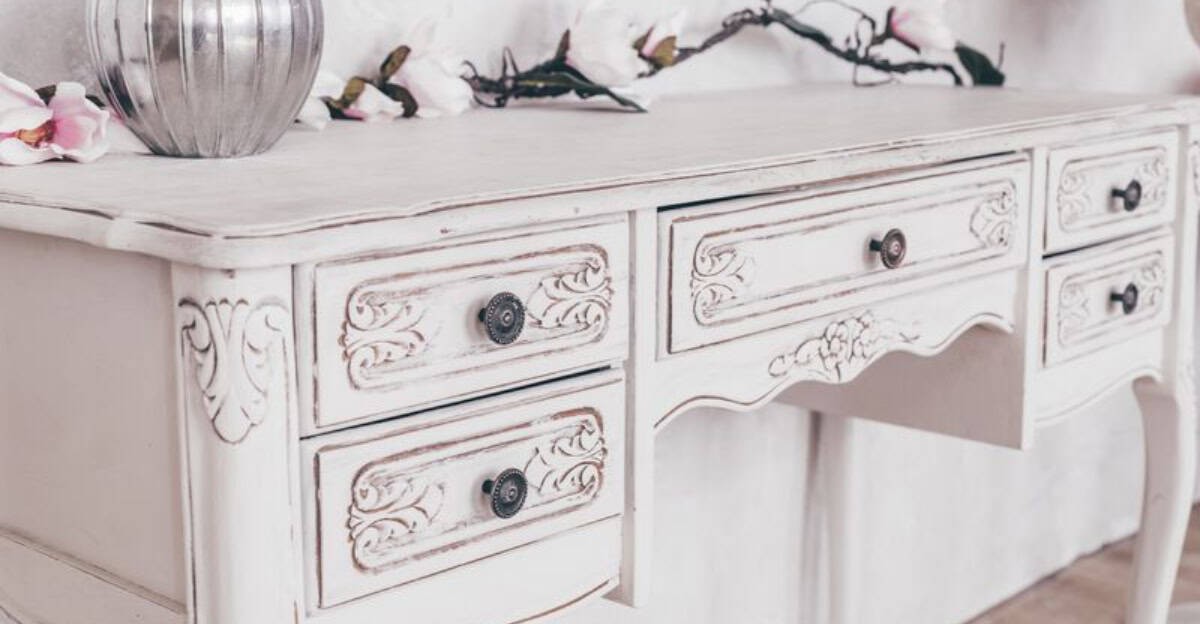Furniture trends, like fashion, come and go. What was once considered chic and modern can quickly become outdated.
Let’s explore 10 furniture trends that are losing their charm and making way for fresh designs.
1. Shabby Chic
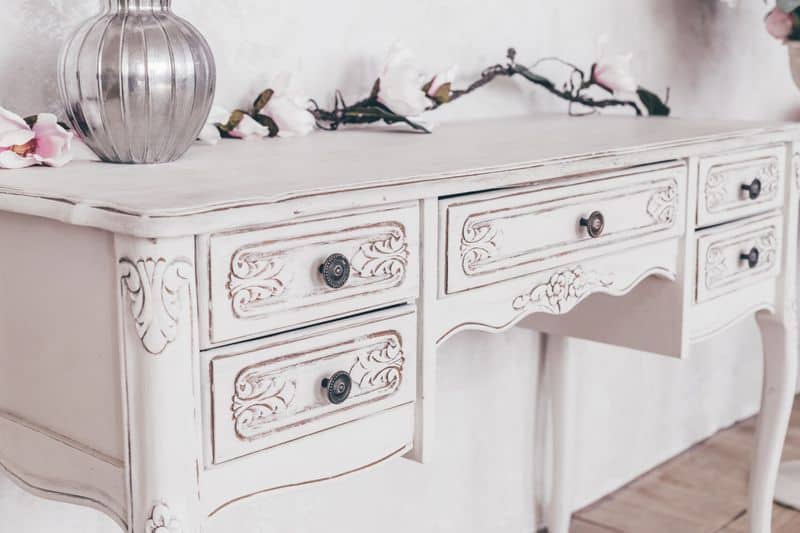
Once the darling of interior design, shabby chic is fading. Emphasizing distressed furniture and pastel hues, this style can appear too cluttered.
Rooms filled with chipped paint and floral patterns feel more like a nostalgia trip than a modern sanctuary.
While cozy, shabby chic often lacks the sleek lines and minimalism favored today.
It’s time to embrace cleaner finishes and bold colors. Swapping aged textures for contemporary materials brings a fresh perspective, aligning with current design preferences.
Declutter and opt for pieces that offer timeless elegance rather than temporary whimsy.
2. Overstuffed Recliners
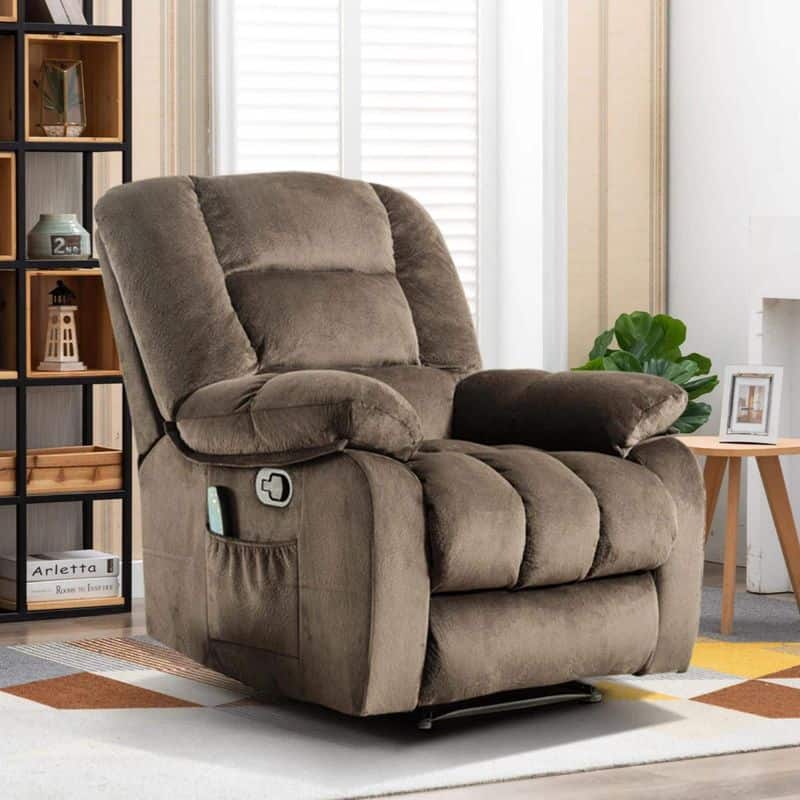
Overstuffed recliners once symbolized ultimate relaxation. These bulky chairs now struggle to fit sleek spaces.
Known for their comfort, they often sacrifice style, presenting a challenge in modern homes. The trend is shifting towards more streamlined seating.
People prefer chairs that blend aesthetics with comfort, featuring slim profiles and elegant designs.
For those seeking relaxation without bulk, modular seating provides a flexible alternative.
Smaller spaces and open layouts demand furniture that maximizes efficiency, making overstuffed recliners increasingly obsolete.
3. Matching Furniture Sets
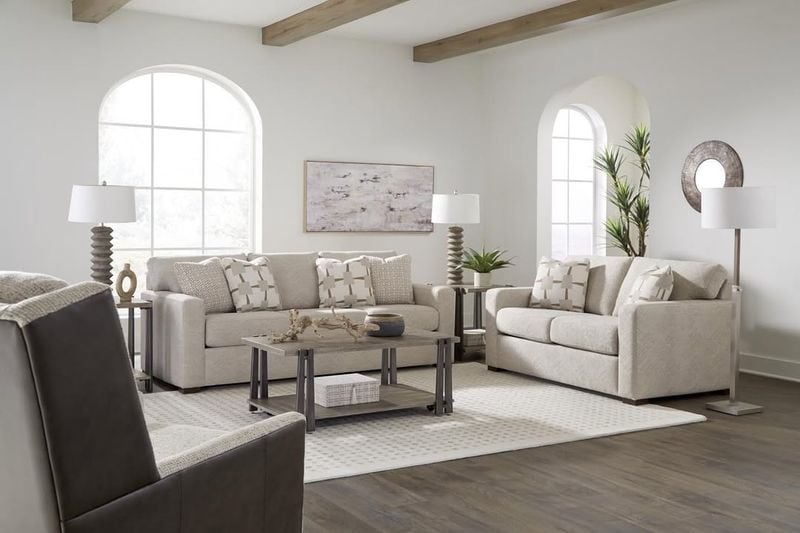
The appeal of matching furniture sets is dwindling. Uniformity can make spaces feel static and uninviting.
Designers now lean towards mixing pieces that reflect individual style while maintaining harmony.
Combining textures and colors adds depth and interest, creating a personalized look.
Instead of buying a complete set, consider selecting individual items that speak to you.
This approach allows for creativity and flexibility, making each room a unique expression of personal taste.
4. Faux Finishes
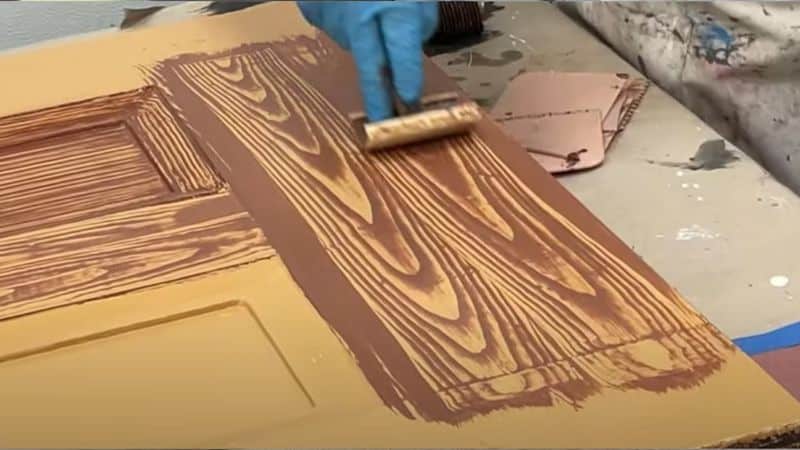
Faux finishes were once popular for adding texture without cost. Now, they often appear inauthentic and dated.
Genuine materials like real wood or stone are preferred for their natural beauty. Emphasizing authenticity and quality, today’s design trends favor simplicity and truth to materials.
Moving away from faux finishes, homeowners are investing in enduring elements that offer longevity.
Consider using real materials to enhance your space’s authenticity and aesthetic appeal, aligning with contemporary preferences.
5. Tuscan Kitchens
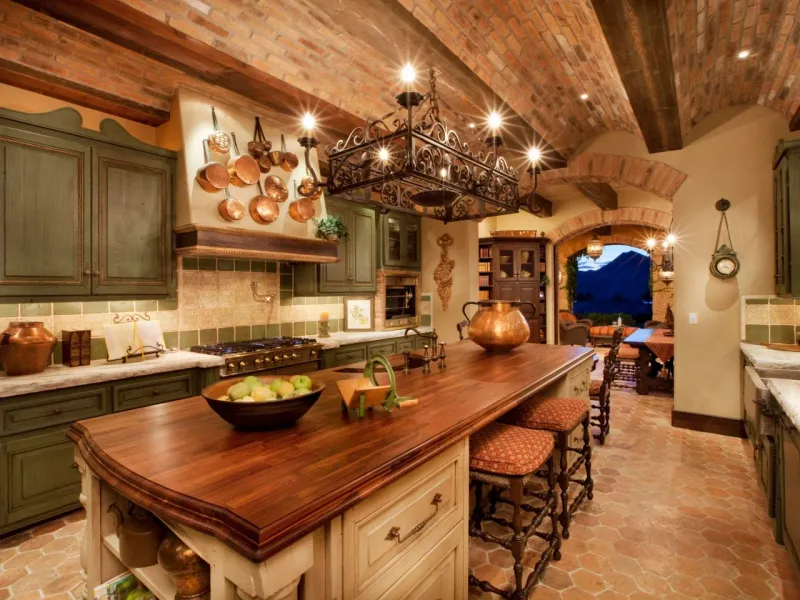
Once the epitome of warmth, Tuscan kitchens are losing favor. Their dark woods and ornate details can overwhelm.
Today, lighter, airier kitchen designs with clean lines are in demand. Open shelving and minimalist cabinets replace heavy, intricate woodwork.
To modernize, swap dark elements for brighter, neutral tones.
Integrating modern appliances and sleek surfaces refreshes the space, creating an inviting and functional environment.
6. Plaid Upholstery
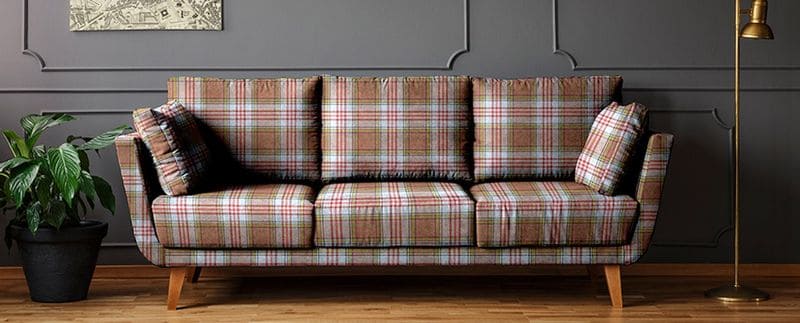
Plaid upholstery has graced many homes, echoing a rustic or country vibe. However, it often feels old-fashioned today.
The trend is shifting towards solid colors or subtle patterns that provide flexibility in decor.
For a modern update, choose fabrics that offer versatility and sophistication. Solid, neutral colors allow for easy accessorizing and seasonal updates.
This shift reflects a broader move towards minimalism and adaptability in interior spaces.
7. Heavy Drapes
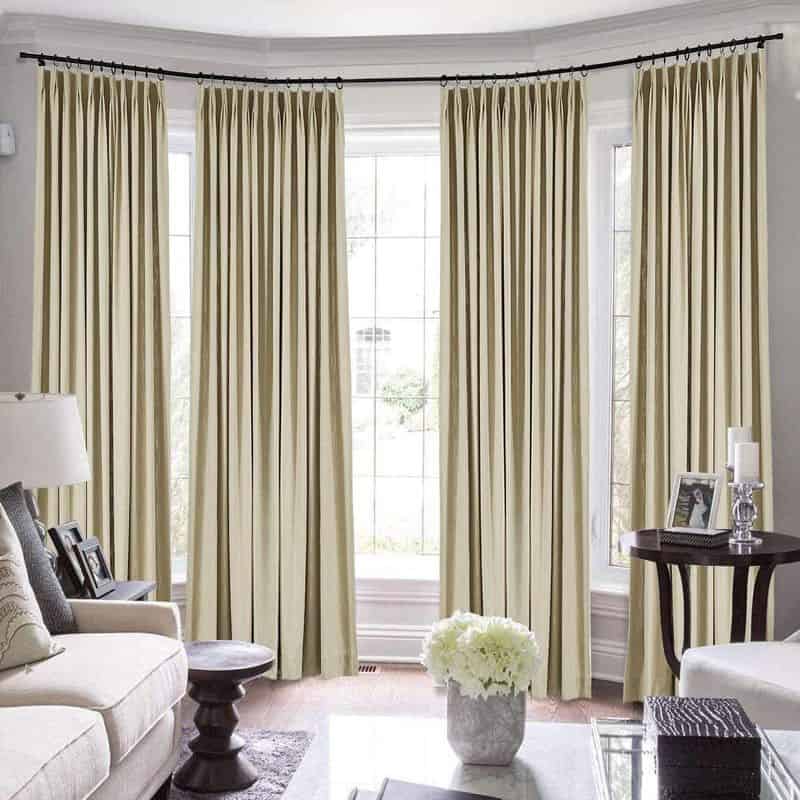
Once considered luxurious, heavy drapes are falling out of favor. These window treatments can make rooms feel dark and cramped.
Modern design leans towards light, airy fabrics that allow natural light to flood in. Sheer curtains or blinds offer a contemporary alternative, enhancing the sense of space.
Embracing lighter window treatments can transform a room, making it feel open and inviting.
It’s time to let go of the weight and welcome a brighter atmosphere.
8. Bean Bag Chairs
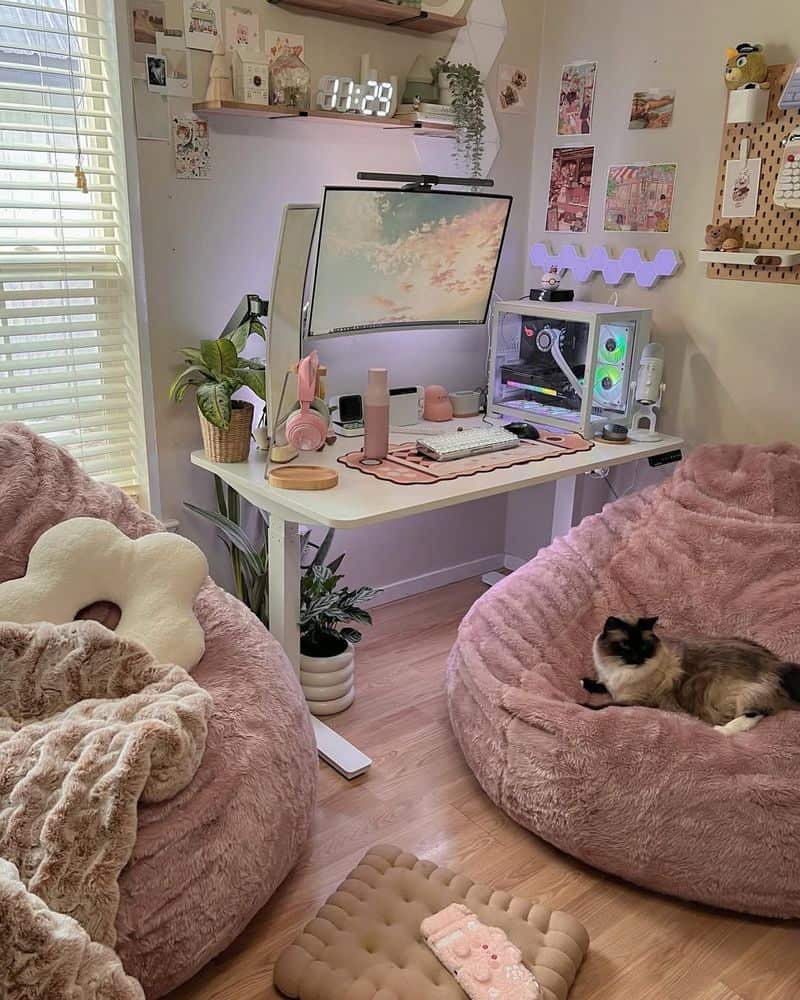
Bean bag chairs, once a fun addition to casual spaces, are losing their luster. Often associated with dorm rooms, they lack a sophisticated edge.
As homes embrace more grown-up aesthetics, these playful pieces are being replaced.
For comfort without compromising style, consider modular sofas or elegant loungers.
Such options provide both relaxation and refinement, aligning with modern tastes.
Selecting furniture that combines comfort with class ensures your space feels both inviting and stylish.
9. Industrial Style
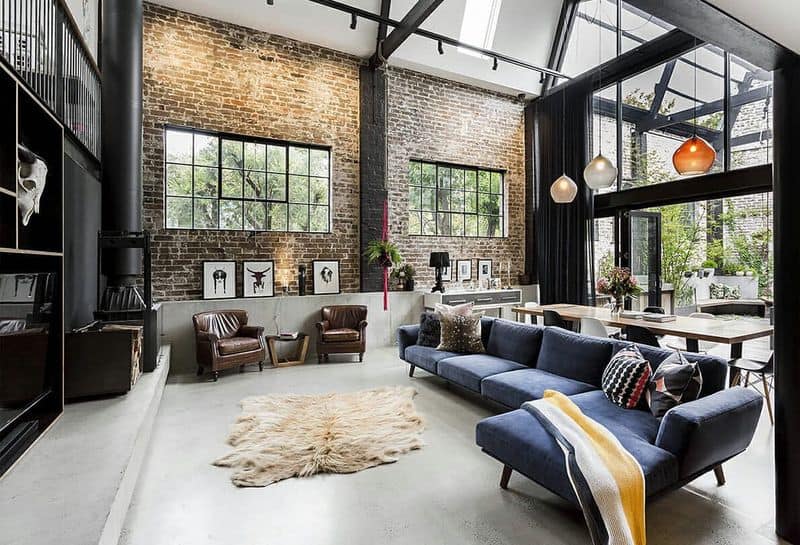
Industrial style, with its raw materials and unfinished look, is waning. Once celebrated for its edgy appeal, it now feels cold.
Homeowners seek warmth and coziness, turning to softer textures and organic materials.
Incorporating wood, plants, and softer lighting can transform an industrial space. Blending elements from different eras creates a more welcoming and balanced environment.
This shift reflects a desire for spaces that offer comfort and visual interest, beyond stark industrial aesthetics.
10. Fast Furniture
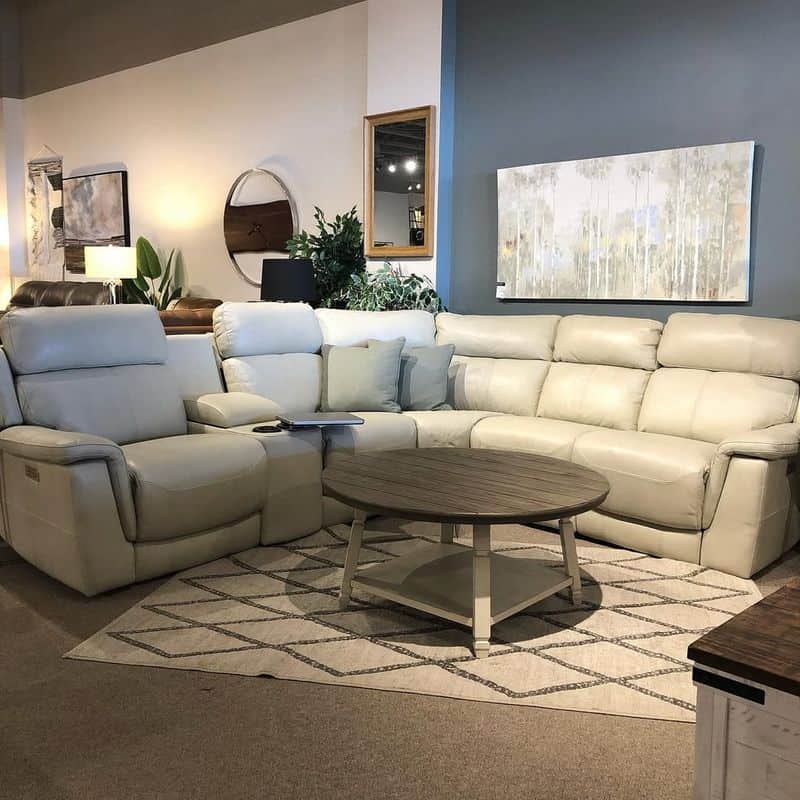
Fast furniture, known for its affordability and quick assembly, is losing ground. These pieces often lack durability, leading to waste and environmental concerns.
There’s a growing focus on sustainability, with consumers seeking quality over quantity.
Investing in timeless, well-crafted furniture offers longevity and reduces environmental impact. As awareness of sustainable living increases, the demand for ethical and durable alternatives rises.
Choosing quality pieces ensures a lasting, stylish home that aligns with ecological values.

